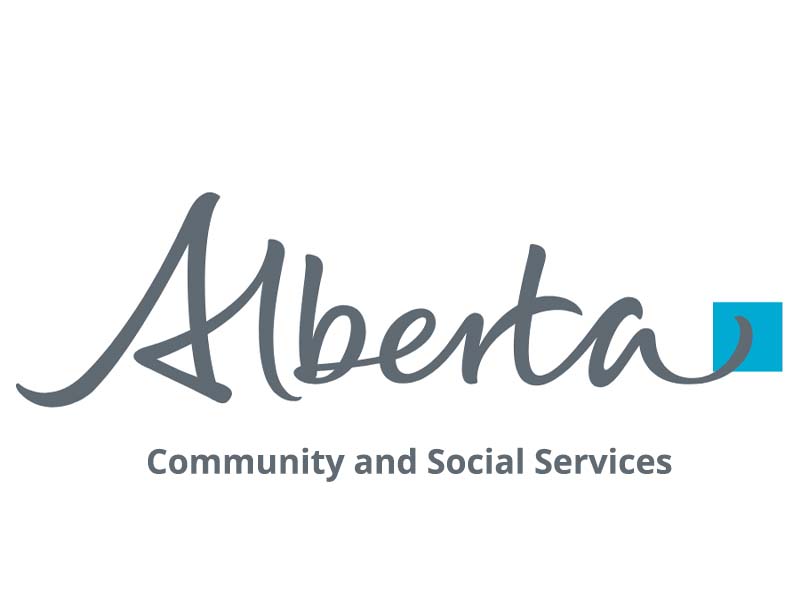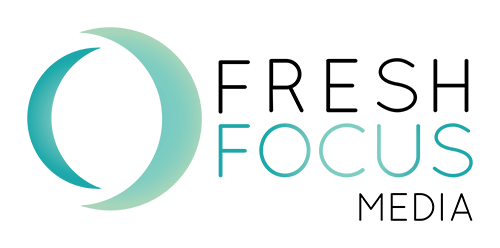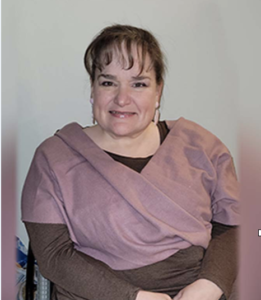Four steps to building financial resiliency into your investing journey
For many new and experienced investors, it can be challenging to invest and work to achieve financial goals while managing the rising costs of daily life. However, developing certain behaviours and processes in relation to your money can help you stay on track as well as build your financial resiliency. These steps hopefully mitigate stress and help you weather the storm of rising costs.
November is Financial Literacy Month, a time when Canadians are reminded to strengthen their financial knowledge and resilience. The following four steps can help you become more financially resilient.
1) Practice financial self-awareness
When times are tough, ignoring your financial situation and maintaining your current spending habits can be comforting. However, this feeling of comfort may be short-lived though, as uncertainty can become a source of anxiety. Instead, practice financial self-awareness by staying mindful and fully engaged with your finances. By assessing your income, expenses, savings, investments and debts, you can better understand where you can cost-cut, which debts to pay off sooner, and how to rebalance your spending towards necessities and long-term goals.
2) Recognize what you can and can’t control
It is critical that you recognize that certain factors – such as interest rates or a possible economic recession – are beyond your control. However, building a plan that factors in worst-case scenarios can help make you feel empowered when times are unpredictable. For instance, if you’re worried about the market heading for a recession, consider the time horizon of your investment goals and if you are well-diversified to reduce the risk you are taking on. If you need more assistance with your financial planning or reviewing your investment portfolio, a certified financial planner or registered investment advisor can help you better plan for the future.
3) Create and maintain an emergency fund
An emergency fund is a savings account dedicated to helping you cover life’s unforeseen costs without having to draw from high-interest debt options such as credit cards or selling your investments early. One of the best ways to establish an emergency fund is to start small, setting aside a small portion of every paycheck into a savings or high-interest savings account. Over time you can automate them through your bank or credit union, or even increase your contributions as your budget allows. Creating an emergency fund equivalent to three to six months of your typical expenses can provide you with peace of mind that you can sufficiently cover most emergency costs.
4) Prioritize paying down consumer debt
Consumer debt, such as credit cards and the negative compound interest they generate, can limit the money you have available for day-to-day life as well as your ability to save and invest. Only paying the required minimum on your credit card will help you avoid additional late fees, but will only pay off a fraction of the principal loan. Worse, ignoring your debt can compound the interest. For example, if you did not make any payments on a credit card with an interest rate of 24.99 per cent (the annual percentage calculated daily and charged on any balances carried from month to month), the amount you owed would double after just four years. Paying down your debt frees up your future earnings so you can use them elsewhere.
Building financial resilience takes time and conscious effort, but developing healthy habits now can pay off for years to come. This November, take small steps – track your spending, start an emergency fund and/or make a plan to pay down debt.
James MacTavish
Senior Advisor, Investor & Industry Education
Alberta Securities Commission
Suite 600, 250-5th Street SW, Calgary, AB, T2P 0R4
Phone: 403.297.4072
Fax: 403.297.6156
Email: James.MacTavish@asc.ca
 Become a Member
Become a Member login
login






























